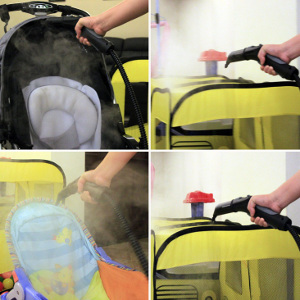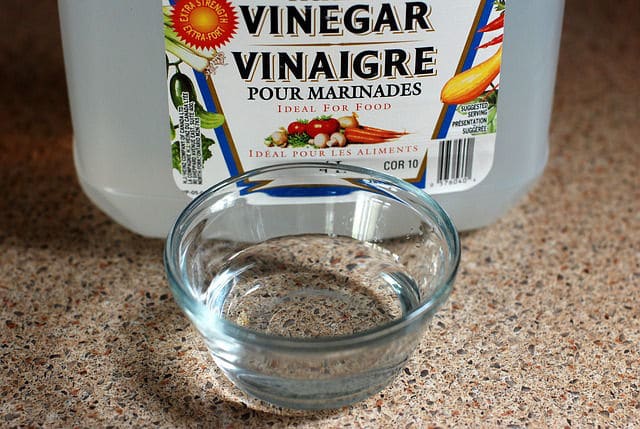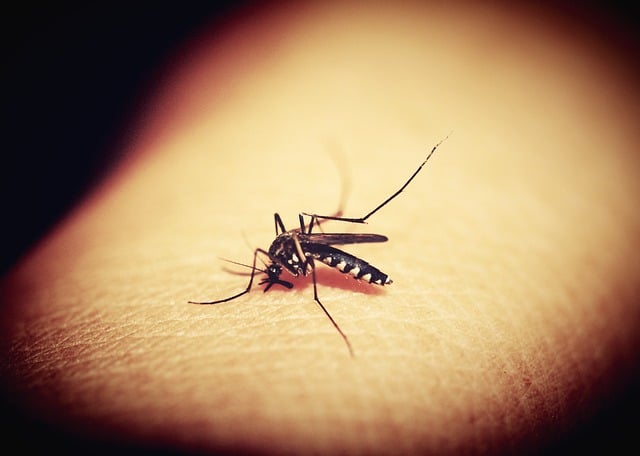Cockroaches are common household pests. They have existed on earth for 300 million years. All 3 common species found in residential homes are the American, German and Brown-Banded Cockroach. What is the favourite food of these common pest cockroaches of Singapore? Get to know them better today!
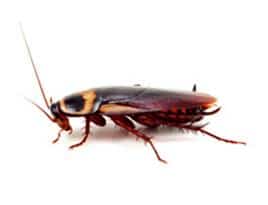
- I am shiny red or chocolate brown and I grow up to 40mm long.
- I love to eat anything that is organic matter.
- I am the American Cockroach!
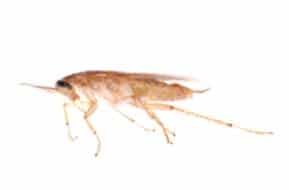
- I am brownish yellow with two parallel black bands running down.
- I prefer to eat starchy food!
- I am the German Cockroach!
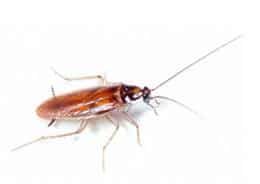
- I am dark brown in colour with light lateral edges and I grow up to 14mm long.
- I love to eat starchy food, glue on books & wallpaper. Yum!
- I am the Brown-Banded Cockroach!

Cockroaches are nocturnal creatures, crawling out at night to look for food. Do you know the health risks they can cause to humans? They pick up diseases by lying around in filthy places. Cockroaches will then come into contact with food, utensil and surface.
Cross-contamination occurs if one touches his/her own eyes and mouth after touching items infected by faeces, vomit and saliva and body parts. One can also be infected by eating food and drinking water contaminated by cockroach excrement.
Certain protein in cockroach faeces, saliva, and body parts can trigger allergic reactions and asthma symptoms. They transmit diseases such as E Coli, salmonella enteritis, dysentery and gastroenteritis to humans. The symptoms include fever, nausea, and/or vomiting, diarrhea, muscle and joint pain, chest tightness and shortness of breath.
Newly emerged cockroaches are white. The female produce egg-containing oothecae (egg cases) which contain 14 to 60 eggs. Eggs can hatch within 24 to 48 days and the nymphs emerge. Development from nymph is usually 6 weeks or more. In Singapore, high temperature and high humidity will even shorten the development time.
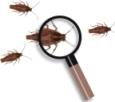 If infestation is bad, cockroaches will appear during the day. Home owners would need to be mindful to look out for the following tell-tale signs
If infestation is bad, cockroaches will appear during the day. Home owners would need to be mindful to look out for the following tell-tale signs
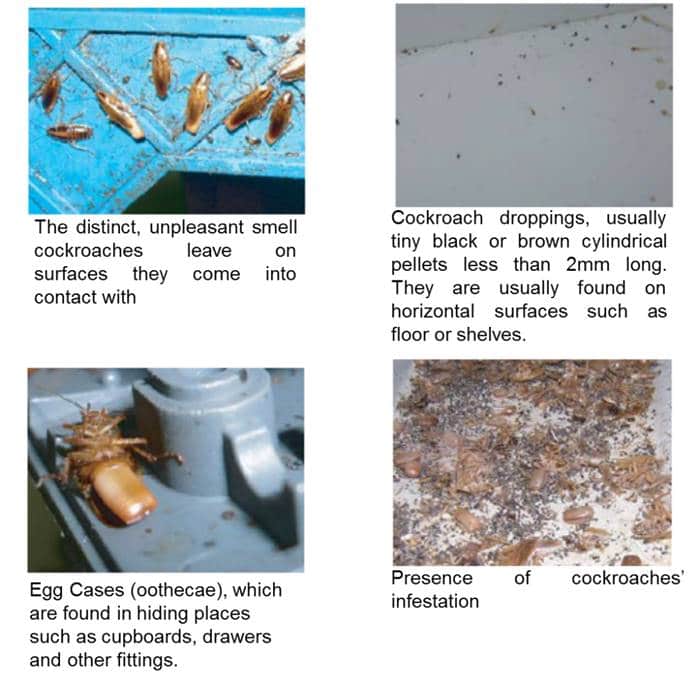
Cockroaches spend about 75% of their time in crack and crevice harborages. They can squeeze due to their tiny size which is between 11mm to 53mm long. Their survival depends on water, food and shelter. What can you do to prevent cockroaches’ infestation in your home? You can practice clean and hygiene housekeeping in 4 ways.
4 Ways to Get Rid of Cockroaches
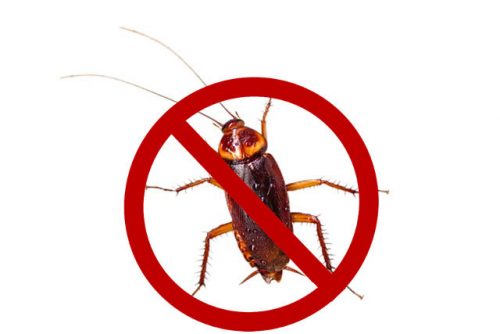
#1 Eliminate Food Sources
- Remove standing liquids from buckets and sinks
- Remove leftovers from tables, worktops and counters
- Store food in air tight containers
- Rinse out cans, bottles, and plastics before throwing away
- Empty bins daily
#2 Cleanliness
- Keep work surfaces clear from food debris and crumbs
- Clean up drink spillage
- Remove pet food, water bowls and litter trays at night time
- Vacuum regularly
#3 Declutter
- Store items in plastic containers
- Get rid of stacks of newspapers and magazines
#4 Maintenance
- Identify and seal cracks and crevices in walls, skirting boards, under kitchen sinks, electrical sockets, and bathroom cabinets
- Use expanding foam to seal possible entrances
- Repair damaged pipes (they love damp places) and check them regularly for damage
- Paint or varnish wooden shelves to seal cracks and crevices
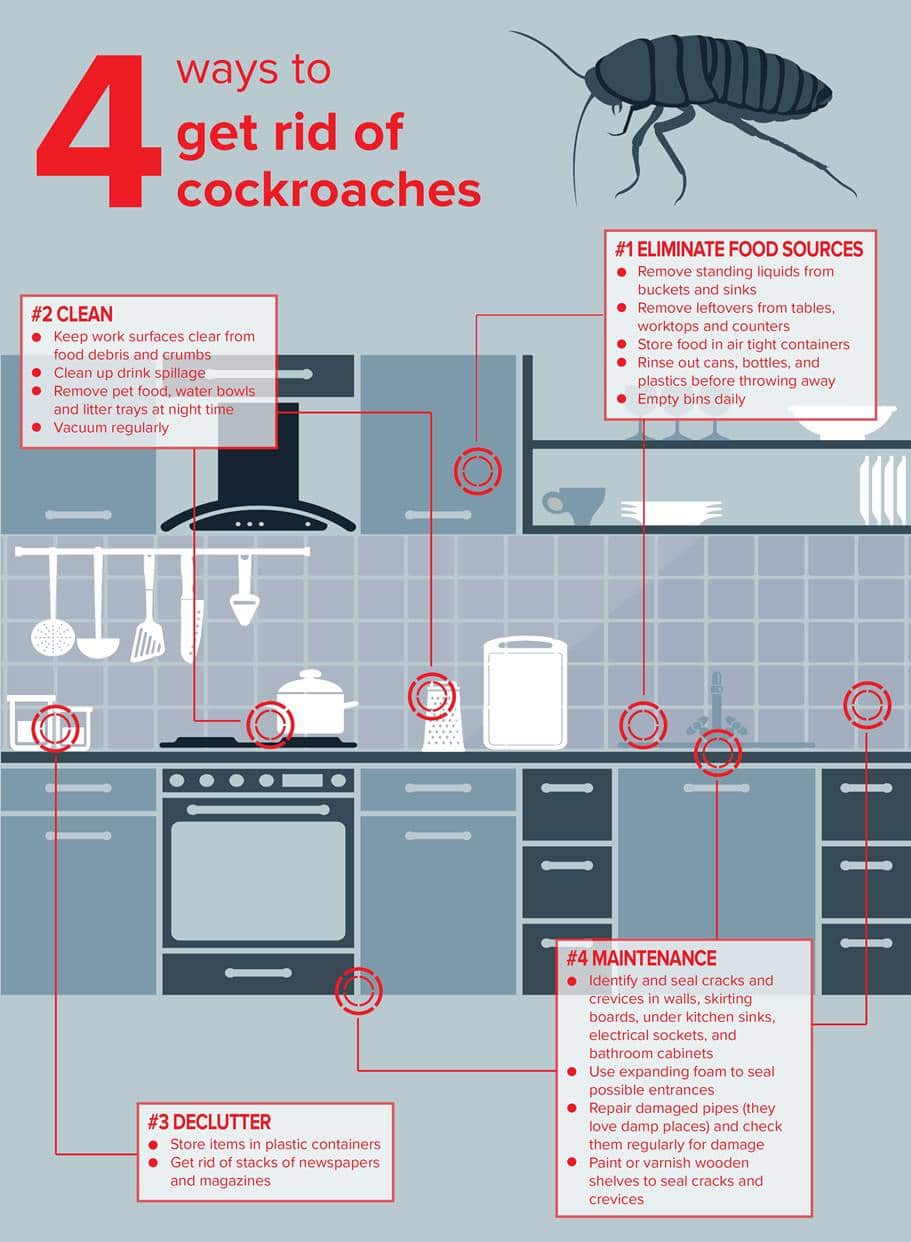
Pest control for cockroach control in homes can prevent a cockroach infestation that will get out of hand with cockroaches reproducing fast. Usual cockroach pest control services for residential homes comprise of solutions which include gel baiting and residual spraying. These are highly targeted at the cracks and crevices areas where cockroaches hide. Monitoring traps will be used to control any active infestation and find newly emerged cockroaches.
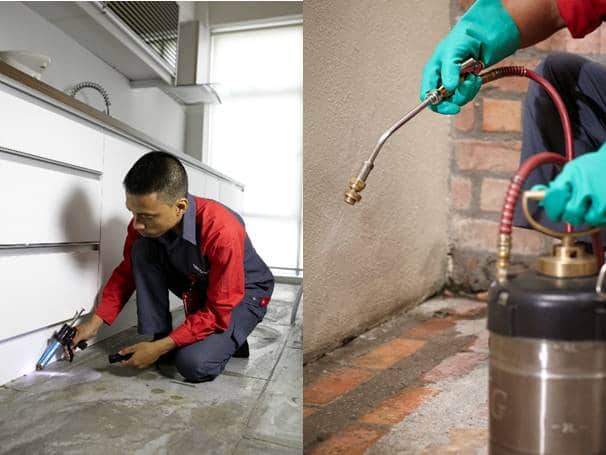 Gel and residual spray control application by Rentokil Technician in residential homes.
Gel and residual spray control application by Rentokil Technician in residential homes.
This article is contributed by Rentokil Initial.
* * * * *
Like what you see here? Get parenting tips and stories straight to your inbox! Join our mailing list here.
Want to be heard 👂 and seen 👀 by over 100,000 parents in Singapore? We can help! Leave your contact here and we’ll be in touch.








































